AT&T Exec Says Fixed Wireless Has a Role in BEAD
The company's licensed spectrum could make its fixed wireless service easier to fund under program rules.
Jake Neenan
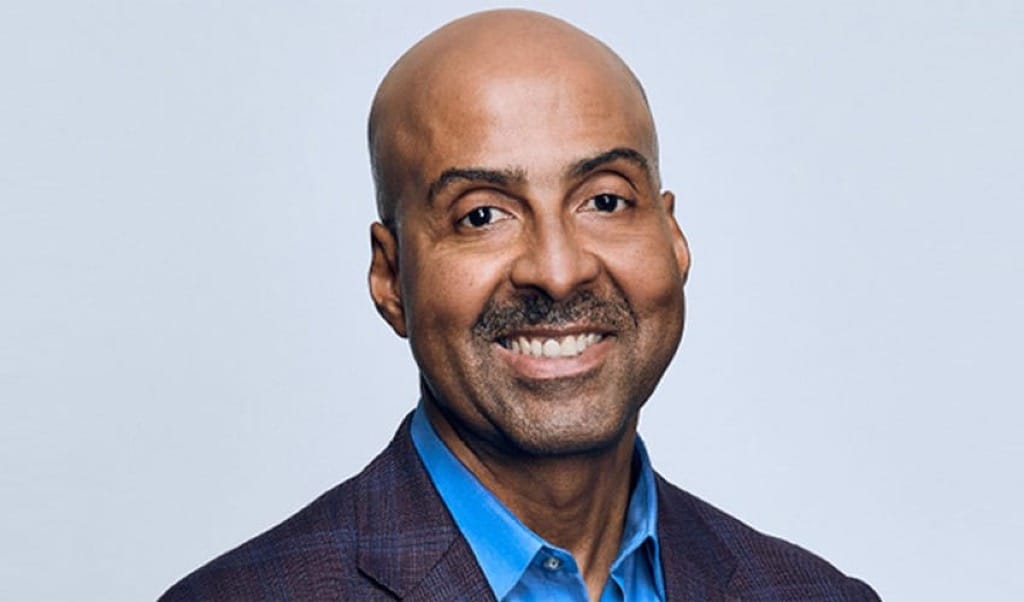
WASHINGTON Feb. 25, 2025 – AT&T’s fixed broadband business is centered around fiber, but the company’s not opposed to some of the $42.5 billion set aside for federal broadband grants going to other technologies.
“An expansion of the different tools you can bring to solve the digital divide, and the states approaching it with a measure of consistency, would be really helpful in optimizing the dollars already earmarked to end the digital divide,” AT&T CFO Pascal Desroches said Tuesday. He spoke at the Barclays Communications and Content Symposium.
Aimed at connecting every home and business in the nation, the Broadband Equity, Access, and Deployment program prioritizes fiber because of its higher speed capacity. Fiber ISPs get the first pick of eligible locations, as long as the application qualifies and the project isn’t prohibitively expensive.
AT&T has the largest fiber footprint of the big three wireless carriers, with nearly 29 million passings and 9.3 million residential subscribers, and the company nabbed a nearly $55 million BEAD award to deploy fiber in Louisiana, plus another $18 million award in Nevada.
But the company also offers fixed wireless broadband via excess capacity on its mobile network, with more than 600,000 subscribers nationwide. Fixed wireless on licensed spectrum – which AT&T and the other carriers use – is considered reliable under BEAD rules, meaning it would be better positioned to scoop up non-fiber subsidy dollars than “alternative technologies” like unlicensed fixed wireless or satellite broadband. It’s also much cheaper and quicker to deploy than fiber.
Some states moved to presumptively consider existing 5G fixed wireless footprints eligble for BEAD, though, citing the fact that mobile traffic is prioritized on those networks.
States can fund non-fiber builds under the current rules, and two of the three states whose spending plans were approved in the waning days of the Biden administration are tapping satellite ISPs for their hardest-to-reach constituents. Nevada went with Amazon’s Kuiper systems, and it’s unclear whether Louisiana did the same or chose Elon Musk’s Starlink.
President Donald Trump’s pick to run the National Telecommunications and Information Administration, Arielle Roth, has criticised the fiber priority, and Republicans in Congress have signalled a desire to change the program’s rules if they can. At least 30 states have so far begun the process of fielding grant applications under the current selection rules, though.
Tax cuts, mergers and acquisitions
Desroches said he was optimistic about the 2017 tax cuts getting extended sometime this year, in which case he said the company would seek to ramp up fiber deployment and return some of the extra cash to shareholders.
“You should see us invest more,” he said. “I would also expect our return to shareholders should be augmented as well.”
AT&T CEO John Stankey said something similar on the company’s earnings call last month. He said the company could potentially ramp its annual fiber deployment pace from 3 million locations to 4 million, but that money could additionally be returned to shareholders.
“He has to say that the first use of proceeds is investment,” New Street Research analyst Jonathan Chaplin wrote in a research note at the time. “Tax reform won’t turn on AT&T’s comments about their use of proceeds, but a commitment to more investment from companies like AT&T helps the case for reform.”
Chaplin noted the desired tax reform would make it easier for AT&T to buy Lumen’s fiber operations if it were so inclined – the 5G carriers are racing to deploy fiber, or buy up regional providers, in a bid to offer bundled fixed and mobile broadband. Desroches said Tuesday the company wasn’t itching to make an acquisition.
“Unlike our peers, we’re not compelled to do anything,” he said. “It’s no accident Verizon did the acquisition of Frontier. Even with that, our scale continues to surpass their ambitions.”
AT&T is aiming for 50 million fiber passings by 2030, compared to T-Mobile’s target of 12-15 million for the same year and Verizon’s long-term goal of 35-40 million.
The company has entered into multiple open access agreements in which the company sells service on infrastructure owned by smaller providers. Desroches said those are going “incredibly well,” and could inform future purchases.
“Over time, with success, that could be an opportunity to further consolidate,” he said.


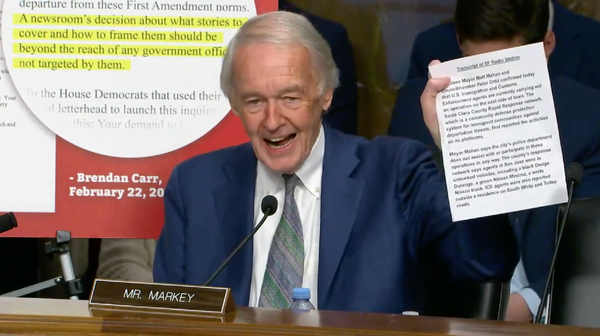
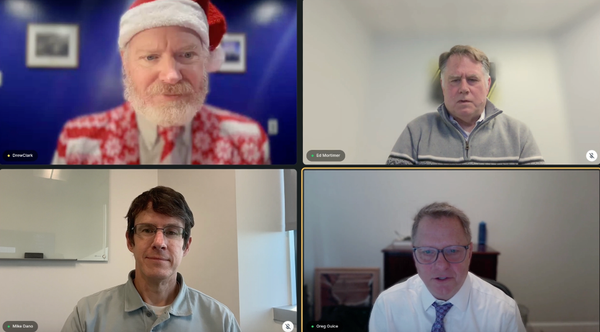
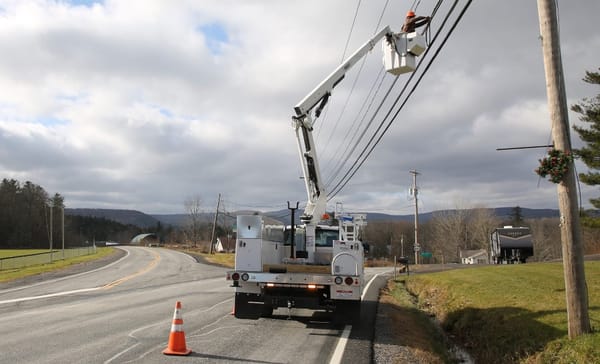

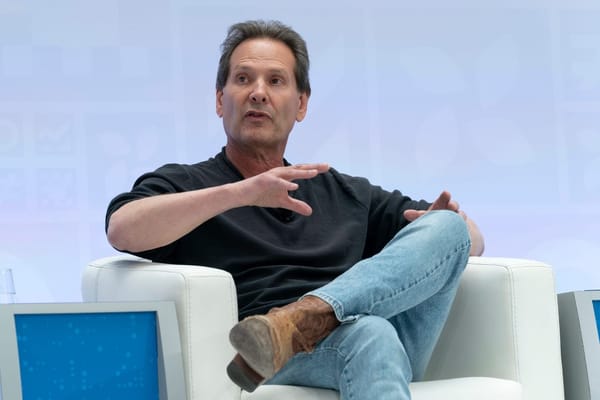
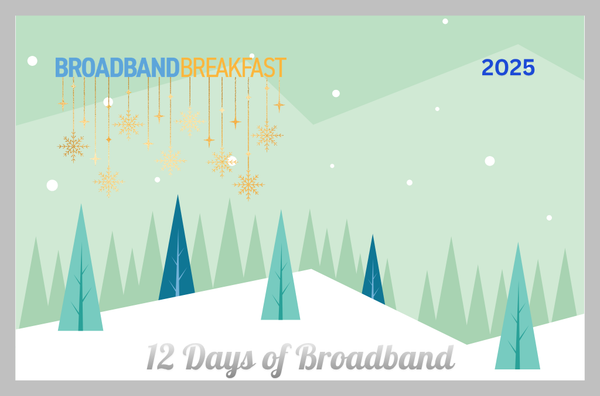
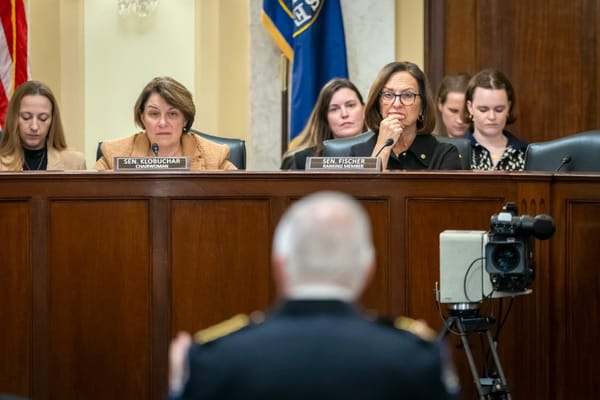
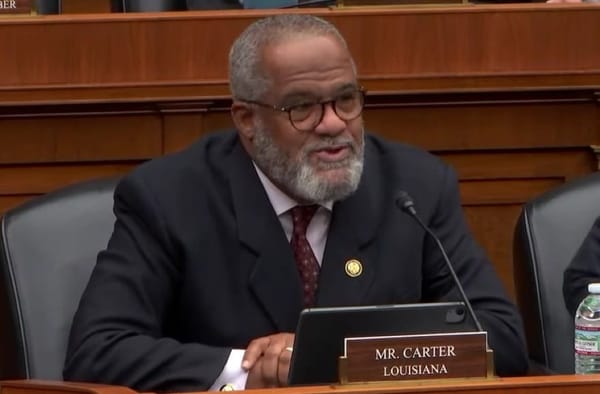
Member discussion